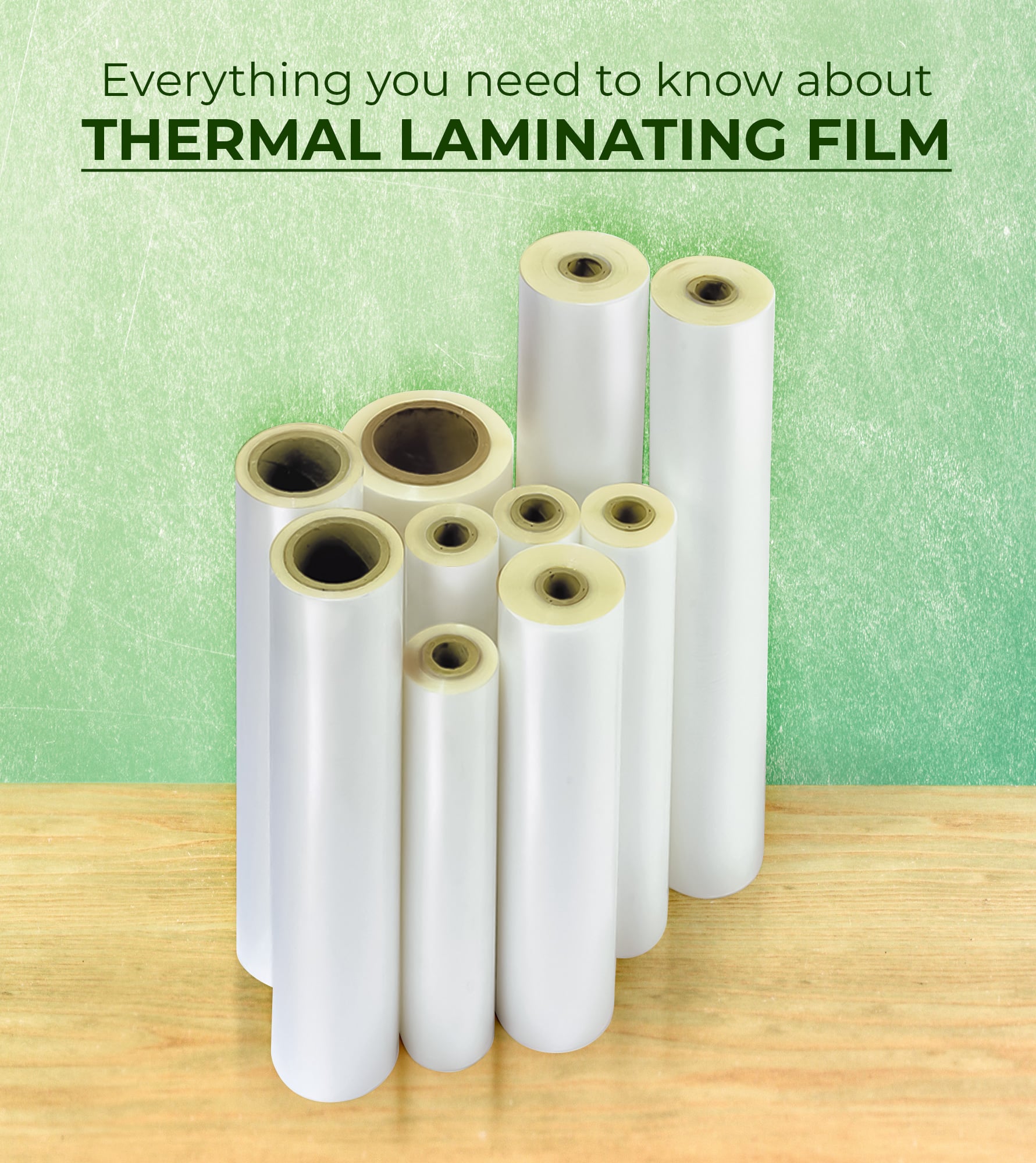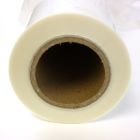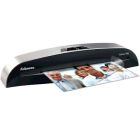Everything You Need to Know About Thermal Laminating Film

Thermal laminating film is popular for those looking to protect important documents, photographs, or other materials from wear and tear. In this guide, we will cover everything you need to know about this kind of lamination, including:
- What it is and how it works
- The different types of laminate available
- The benefits of using hot lamination
- How to choose the right thermal laminating film
- Tips for using thermal laminate effectively
What is Thermal Laminating Roll Film and How Does it Work?
Thermal laminating roll film is a plastic film used to cover and protect documents, photographs, or other materials. The film is applied to the surface using heat and pressure, creating a tight seal that prevents the material from being damaged or degraded over time.
The laminating process involves heating the film and pressing it onto the material that you want to protect. The heat activates the adhesive on the film, which then bonds to the surface. This creates a barrier that helps to protect it from moisture, dirt, and other types of damage.
Thermal laminating rolll film is available in a variety of sizes and thicknesses, making it suitable for use with different types of materials and applications. The thickness is measured in mils, with the most common thicknesses being 1.5 mil, 3 mil, 5 mil, 7 mil, and 10 mil.
- 1.5 mil is primarily used by schools
- 3 mil remains thin and flexible
- 5 mil is a medium-weight popular for businesses
- 7 mil is a slightly thicker option with more stability
- 10 mil is the thickest standard option that is quite rigid when laminated
One of the advantages of this type of film is that it provides a long-lasting and durable protective layer to your documents and materials. This is particularly important for items that are frequently handled or exposed to harsh environmental conditions. For example, the film will protect the surface from tearing, creasing, and fading if you are laminating a poster or a map.
Lamination also allows your items to be wiped clean and sanitized. This is perfect for environments where contamination may be a threat, such as hospitals or doctor's offices.
Another benefit is that it enhances the appearance of the material being laminated. The film provides a glossy or soft matte transparent finish that makes the colors and images on the material stand out. This is why thermal laminating roll film is often used for printing projects, artwork, or photographs.
Thermal laminating roll film is a versatile and effective way to protect and enhance the appearance of your documents, photographs, and other materials. With a range of thicknesses and sizes available, you can choose the right type of film to suit your needs and achieve the desired level of protection.
The Different Types of Thermal Laminating Film
So you may be thinking that all thermal lamination is the same; it is not. In fact, different applications will call for different kinds of films. For example, photographs and inkjet prints would be best suited for a low-temperature lamination film that activates with less heat, reducing the chance of damage to the print itself.
There are several different types of thermal laminating film, each with unique characteristics and uses. Some of the most common types include:
Standard Thermal Laminating Film
This is the most common type of laminating film, and it is suitable for most materials. It provides either a clear, glossy finish that helps to enhance the appearance of the material or a softer matte finish to reduce glare. This general film comes in several thicknesses and core sizes to be used with a huge range of laminating machines as well.
Ultra-Clear Thermal Laminating Film
This type of film is designed to provide a crystal-clear finish that enhances the appearance of the material being laminated. It is ideal for use with high-quality photographs or documents that require a high level of clarity.
UV Thermal Laminating Film
UV thermal laminate roll film is designed to provide protection against the damaging effects of ultraviolet (UV) light. This type of film is particularly useful for laminating materials that will be exposed to sunlight, such as signs or posters. It can help prevent fading and discoloration over time, ensuring the laminated materials remain vibrant and easy to read.
Low-Temperature Laminating Film
This type of film is designed to protect heat-sensitive materials from damage. This type of film uses a lower temperature than standard laminating film, which helps to prevent heat-sensitive materials from melting or warping during the laminating process. It is very useful for laminating materials such as photographs or documents printed on inkjet printers, which can be easily damaged by heat.
Wide-Format Laminating Film
Wide-format laminating film is designed for use with large-format printing. This type of film is typically wider than standard laminating film, making it ideal for laminating items such as maps, posters, or large photographs. It is also available in a range of thicknesses, allowing users to choose the right level of protection for their specific needs.
Digital Laminating Film
This type of thermal laminating film is designed specifically for use with digital prints. It provides a high level of clarity and protection, ensuring that digital images remain vibrant and easy to read over time. It is beneficial for laminating photographs or other materials that have been printed digitally, as it can help to prevent smudging or fading.
Soft Touch Laminating Film
Finally, soft touch laminating film is a type of thermal laminating film that provides a unique tactile experience. This type of film has a slightly textured finish that feels soft to the touch, making it ideal for laminating materials such as book covers or presentation folders. It provides a high level of protection while also enhancing the overall look and feel of the laminated material.
Benefits of Using Thermal Laminating Film
Using thermal laminating film has several benefits. Some of the key benefits include:
- Protection - Laminating film provides a barrier that helps to protect materials from moisture, dirt, and other types of damage. This helps to prolong the life of the material and ensure that it remains in good condition for as long as possible.
- Enhanced appearance - Laminating film can provide a clear, glossy finish that enhances the appearance of the material. This can help to make it look more professional and presentable, which can be important for certain types of documents or materials.
- Ease of use - Laminating film is easy to use and can be applied to a wide range of materials quickly and easily. This makes it a popular choice for both personal and professional use.
- Easy to clean - Laminated items are easy to wipe clean, so they are perfect for schools, medical facilities, and more.
How to Choose the Best Thermal Laminating Film
When choosing a thermal laminate roll film, consider the specific needs of your project. Factors to consider include:
- The size and thickness of your document
- The level of protection required
- The desired finish (gloss or matte)
- The type of laminating machine you will be using
Need help choosing the best thermal laminating film for your unique needs? Contact our customer care team for one-on-one support. Tell them what kind of equipment you're using and the applications you plan to laminate for an expert's recommendation.
Thermal Lamination FAQs
A: Thermal laminating film is a plastic film used to protect important documents and materials from wear and tear by laminating them. The adhesive is activated with heat.
We recommend leaving at least 1/4u0022 on each edge to ensure laminate is sealed properly on all sides. Trimming closer than this could expose the inner print.
A: The most common types of thermal laminating film include standard, low-temperature, and ultra-clear laminating film. Additionally, there are other types, such as school film, UV, low-temp, wide-format, digital, soft touch, and more.
A: These two terms are actually used interchangeably by industry professionals, so saying one means the same as the other. Some people might say that laminating film refers to sheets instead of rolls, but it is widely accepted that both mean the same thing.
A: The average melting temperature depends on the type of film being used. Standard thermal laminating film typically requires around 250-275 degrees Fahrenheit. In comparison, the low-temperature laminating film requires a temperature of about 200 degrees Fahrenheit.
A: Various roll laminating machines can be used with thermal film. Different machines will have different capabilities as far as heating temperature and laminating width. You can browse a collection here to see some options.
A: There is actually a film designed specifically for schools called (you guessed it) school laminating film. This falls into the standard laminate category and is usually a 1.5 mil thick, but sometimes a 1.2 mil. The thinner material is preferred by schools due to the economical pricing while still providing the same protection as other thicknesses.
Discover Thermal Laminating Film
Overall, thermal laminating film is an excellent choice to protect important documents and materials from wear and tear. It protects prints of all kinds from damage, can be easily cleaned, and enhances the colors and contrast below. The variety of films available makes this product accessible by companies of all kinds --- you are sure to find something that will work well for your needs. If you need help selecting a great lamination film for your business, contact our expert sales team at 1-800-944-4573 for more information. Or click below to learn more and start shopping online today.









